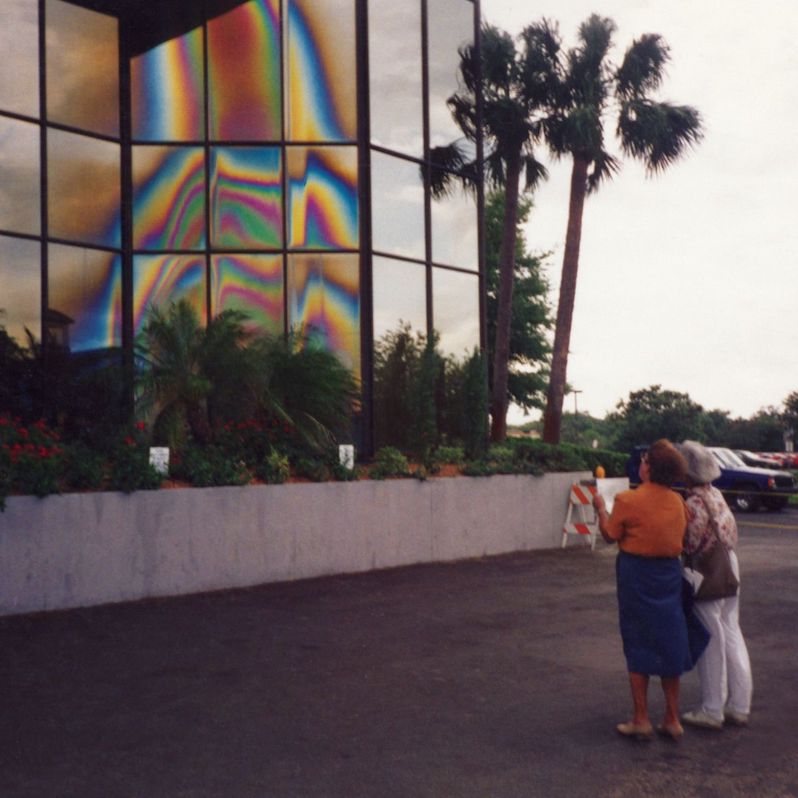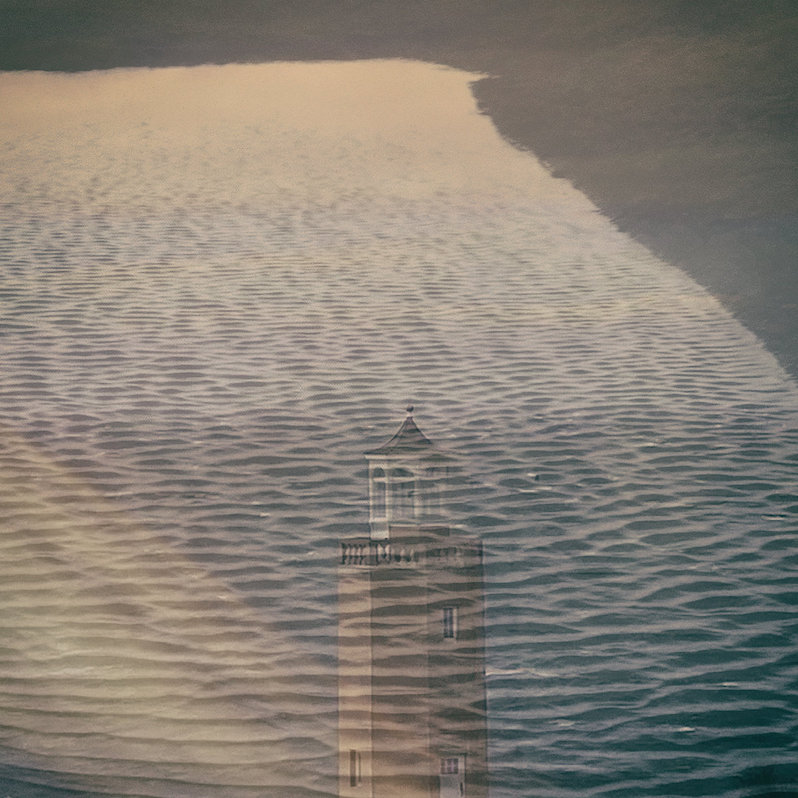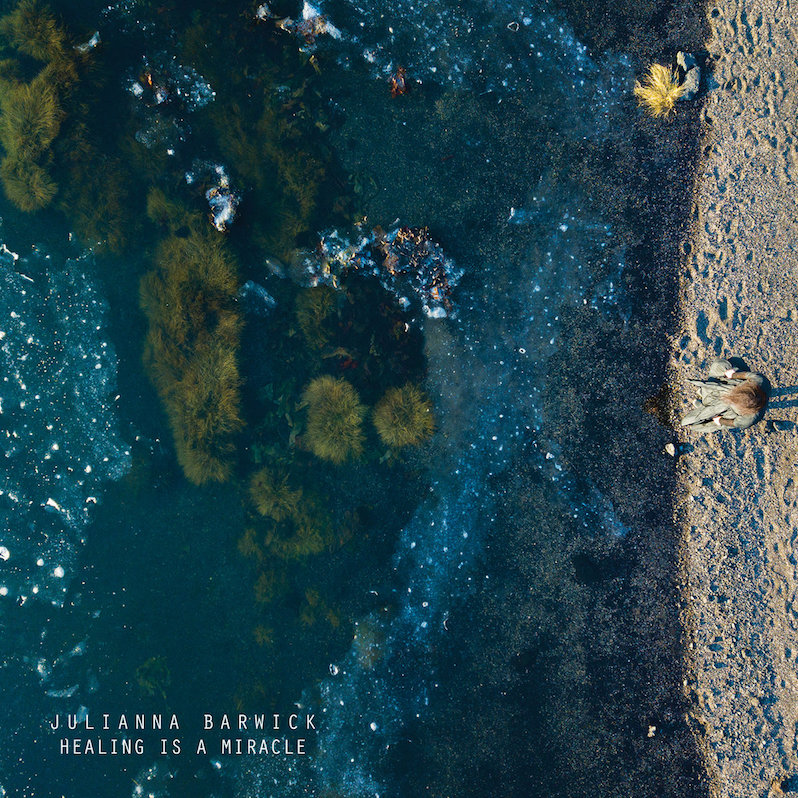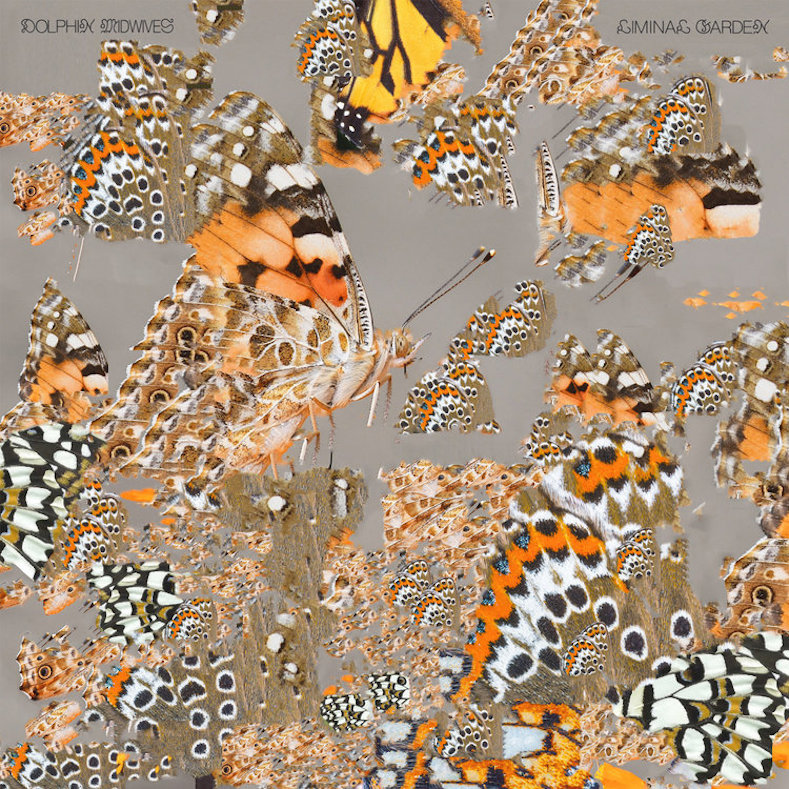Mary Lattimore & Paul Sukeena : West Kensington

I’ve had the pleasure of writing about the past several Mary Lattimore records, including both solo and collaborative efforts. An element of her work that makes it so enchanting, so rich to return to again and again, is the constantly changing shape of her work; there is little sonic guarantee about how she will deploy her harp or what emotional or imagistic terrain she will explore album to album. One record might be the unique romance of rain while another is the endless organic shapes of the forest; one might be draped in images of fantasy and dream while another, like West Kensington, is the romance of real life. For some, this journeyman attitude toward imagistic pursuits might read as a gimmick, a kind of aimlessness underscored by lack of discipline. For Lattimore, it feels different. Each of these spaces feels well-considered and approached earnestly. If anything, it reads more as a sign of the breadth of her imaginative capacity, that she doesn’t see the harp as constrained to only one limited wedge of all of the world and its emotional and experiential moments.
Part of this intense sense of emotional breadth to Lattimore’s work is certainly due to her keen ear for collaborators. Sukeena here brings a necessary salt to her work, a sense of earthiness and groundedness that makes these more intimate and realist portraits make immediate intuitive sense. Here, the presence not only of guitar but also of synthesizers creates an almost womb-like comfort; you can practically smell the wooden walls of homes built in the ’60s and ’70s, see the old games of Dungeons and Dragons played on the floor, the turntables and posters, the TVs with the knobs on the front, the mid-century furniture that came in and out of style like a sine wave. The image of a window framing the outside world, the nighttime world, where suddenly an alley springs to limitless life. The titles do their work, too; “Hundred Dollar Hoagie,” “Altar of Tammy,” “Garage Wine,” at once mundane and holy. I said before that claire rousay’s work is like slow magic for me. Mary Lattimore’s isn’t; there is always an immediacy, like stepping through a shimmering silver window into an emotional world.
She is far past the point of rendering the harp into a pure angelic voice. I’d challenge the lay listener to identify what precisely she plays on this record. Even knowing that it’s harp, buried somewhere in there amidst all the soundscapes, you’d be hard-pressed to isolate what precisely is her signature instrument. This is a strength of her work; she surpasses the pure desire to replicate the instrument qua itself, moves effortlessly past those simpler ideals, and clearly sees and wields the harp as a palette toward some other image. She is not an interesting artist because she is a harpist. She is an interesting artist because she has clear and riveting emotional images she wishes to convey. It is rare for a musician to so effortlessly surpass their instrument of choice, and to be truthful there are many great musicians who are great precisely because of how much they embrace one specific instrument and its limitations, so this is not meant as a prescriptivist sentiment. Still, it’s always so enchanting (no better word) to see limitless and bountiful the spaces Lattimore has in mind and how resolutely unlimited they feel despite a shared instrumental palette.
The addition of field recordings adds a clear sense of spatiality to these songs, a time-and-place that makes them tick. The hum of cars over asphalt, the distance of the highway, windchimes, the movement of air through boards and between houses. These are common sounds, ones which underpin our daily lives and typically go unmarked unless we are deprived of them. She and Sukeena are considered in their deployment of these sounds; they aren’t used as a gimmick or a crutch, instead being faded in and out just as any other instrumental layer would be. The effect is quite clear. The songs themselves serve as the interior emotional core of these intimate moments they are scoring, but those sounds are the keys to placing ourselves back within that sconce of sense-memory. The fragrance of old carpets and the feel of socked feet against the roughness of garage floors doesn’t come quite as easily without those keying elements, like a magic spell. There is healing nostalgia and there is poisoned nostalgia, one that gives a sense of continuity of experience and personhood and one which severs you from the perennial present to lose you in the mire of the past; Lattimore and Sukeena deal with the former, not the latter, producing a record that feels closer to flipping through old photos of lost relatives in the homes you knew them in rather than an endless parade of stiff action figures pantomiming dead pasts.
Label: Three Lobed
Year: 2022
Similar Albums:
Langdon Hickman is listening to progressive rock and death metal. He currently resides in Virginia with his partner and their two pets.




